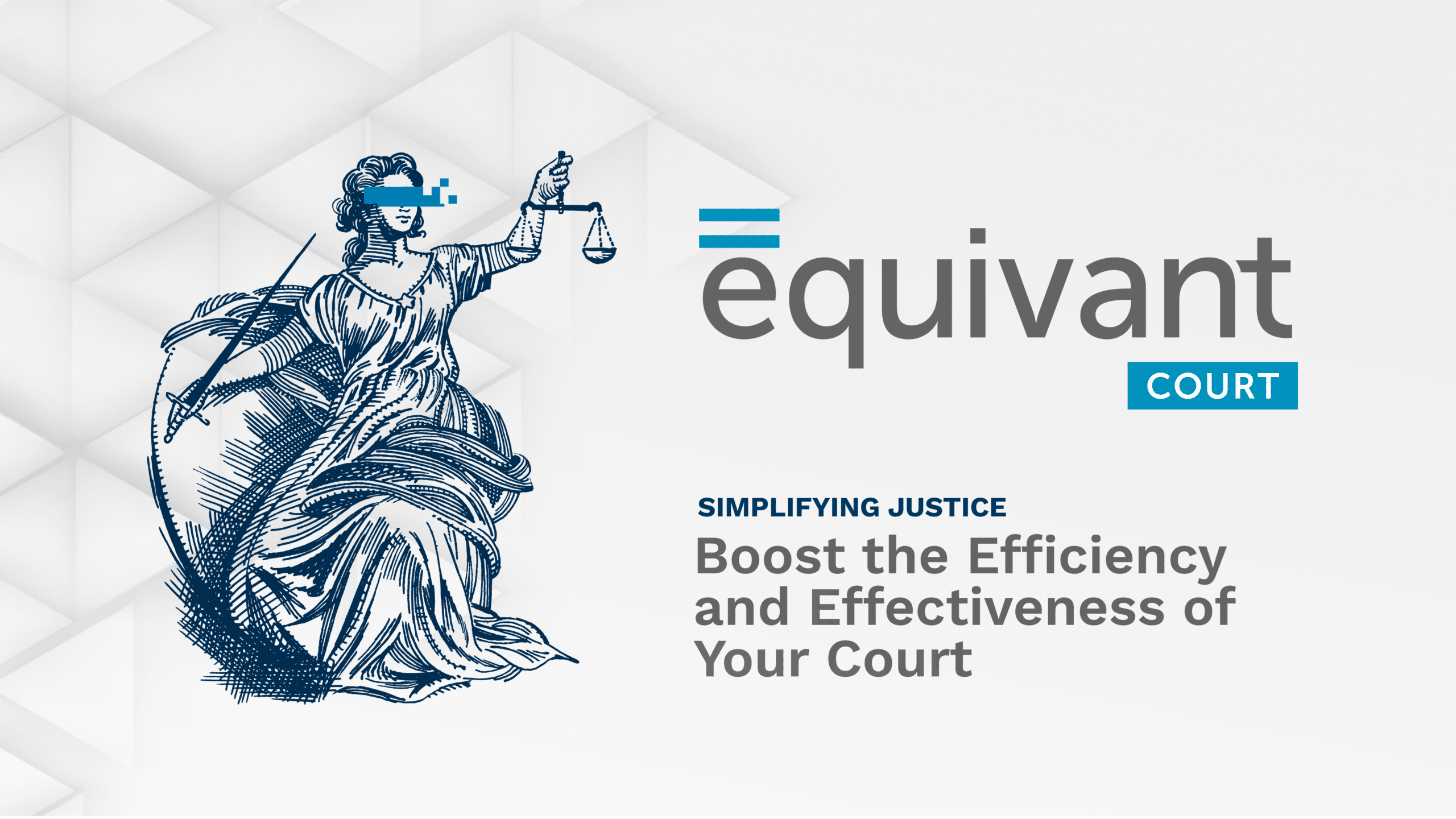Bindfs equiv in macOS equiv is a powerful tool that allows users to create mirrored or bind mounts within the macOS file system. This utility enables you to replicate a directory structure or mount point to another location, giving you greater control over file access and permissions. If you're looking for ways to enhance your macOS experience with advanced file management capabilities, bindfs is an excellent solution.
As technology continues to evolve, managing files across multiple directories has become a critical aspect of modern computing. Whether you're a developer, system administrator, or power user, understanding bindfs and its functionalities can significantly improve your productivity. This article will delve into the intricacies of bindfs, its applications, and how it compares to other file system tools.
By the end of this guide, you'll have a thorough understanding of bindfs equiv in macOS equiv, its benefits, and how to implement it effectively. Let's dive in and explore the world of bindfs and its potential applications for macOS users.
- Costco Korean Corn Dogs
- Blue Hills Ski Area
- Td Pavilion At The Mann
- Lash Places Near Me
- Lord Of The Lost
Table of Contents
- What is bindfs Equiv?
- How Does bindfs Work?
- Benefits of Using bindfs
- Installing bindfs on macOS
- Common Use Cases for bindfs
- Configuring bindfs Options
- Troubleshooting bindfs
- Comparison with Other Tools
- Performance Considerations
- Conclusion
What is bindfs Equiv?
Bindfs is a versatile FUSE (Filesystem in Userspace) tool designed to create bind mounts or mirrored directories on macOS and other Unix-based systems. It allows users to replicate a directory structure or mount point to another location, providing greater flexibility in file management. The term "equiv" often refers to equivalent functionalities or compatibility with similar tools in other operating systems.
By using bindfs equiv in macOS equiv, users can achieve seamless file sharing across directories, apply custom permissions, and even create read-only or encrypted mounts. This makes bindfs an indispensable tool for system administrators and developers who require advanced file system management capabilities.
How Does bindfs Work?
Bindfs operates by creating a virtual file system layer that mirrors the original directory structure. It intercepts file system operations and applies user-defined rules or transformations before forwarding them to the underlying file system. This allows for dynamic customization of file permissions, ownership, and access controls.
- Afro Mexican Representative To Miss Universe
- Jr Smith Scared To Take Layup In Nba Finals
- National Gallery Of Art East Building
- Meow Wolf Denver Convergence Station
- Oklahoma Sooners Mens Basketball
Key Features of bindfs
- Custom Permissions: Define specific permissions for files and directories.
- Read-Only Mounts: Create read-only copies of directories for enhanced security.
- Encryption Support: Integrate encryption mechanisms to protect sensitive data.
- Compatibility: Works seamlessly with macOS and other Unix-based systems.
Benefits of Using bindfs
Implementing bindfs equiv in macOS equiv offers numerous advantages for users seeking advanced file system management capabilities. Below are some of the key benefits:
- Enhanced Security: Control access to sensitive files and directories.
- Flexibility: Customize file permissions and ownership as per your requirements.
- Efficiency: Simplify file sharing and collaboration across multiple directories.
- Compatibility: Ensure seamless integration with existing macOS workflows.
These benefits make bindfs an ideal choice for professionals who need robust file management solutions.
Installing bindfs on macOS
Installing bindfs on macOS requires a few simple steps. Follow the instructions below to set up bindfs on your system:
Prerequisites
- Install Homebrew, a popular package manager for macOS.
- Ensure that macOS FUSE is installed on your system.
Installation Steps
- Open the Terminal application on your macOS.
- Run the following command to install bindfs using Homebrew:
- Verify the installation by checking the bindfs version:
Once installed, you can start using bindfs to create bind mounts and manage file permissions effectively.
Common Use Cases for bindfs
Bindfs is a versatile tool with a wide range of applications. Below are some common use cases for bindfs equiv in macOS equiv:
1. File Sharing Across Users
Bindfs allows you to share files between multiple users while maintaining individual permissions. This is particularly useful in collaborative environments where different users require varying levels of access.
2. Creating Read-Only Copies
By setting up read-only bind mounts, you can protect critical files and directories from accidental modifications. This ensures data integrity and security.
3. Encrypted File Systems
Integrate encryption mechanisms with bindfs to safeguard sensitive information. This feature is invaluable for users handling confidential data.
Configuring bindfs Options
Bindfs offers a variety of configuration options to tailor its behavior to your specific needs. Below are some commonly used options:
Basic Syntax
The general syntax for using bindfs is:
Common Options
--mirror: Mirror the source directory to the target directory.--ro: Create a read-only mount.--perms: Define custom permissions for files and directories.--force-user: Specify a user for ownership of the bind mount.
Experiment with these options to customize bindfs according to your requirements.
Troubleshooting bindfs
While bindfs is a reliable tool, users may encounter issues during setup or usage. Below are some common problems and their solutions:
Issue 1: Permission Denied
Solution: Ensure that macOS FUSE is properly installed and configured. Verify the file system permissions and adjust them as needed.
Issue 2: Mount Point Not Found
Solution: Double-check the source and target directories. Ensure that the directories exist and are accessible by the user running bindfs.
Issue 3: Performance Issues
Solution: Optimize bindfs settings and avoid excessive customization. Use caching mechanisms if available to improve performance.
Comparison with Other Tools
Several tools offer functionalities similar to bindfs equiv in macOS equiv. Below is a comparison of bindfs with other popular file system utilities:
1. Unionfs
Unionfs allows you to merge multiple directories into a single view. While it offers similar functionalities, bindfs provides more granular control over permissions and ownership.
2. OverlayFS
OverlayFS is another file system tool that supports layered directory structures. However, bindfs is more lightweight and easier to configure for basic use cases.
3. NFS
Network File System (NFS) enables file sharing over a network. Bindfs, on the other hand, focuses on local file system management and is better suited for single-system applications.
Performance Considerations
While bindfs is an efficient tool, users should be mindful of performance implications when implementing complex configurations. Below are some tips to optimize bindfs performance:
- Minimize Customizations: Avoid excessive use of custom permissions and transformations.
- Use Caching: Leverage caching mechanisms to reduce file system overhead.
- Monitor Usage: Regularly monitor bindfs usage to identify potential bottlenecks.
By following these guidelines, you can ensure optimal performance of bindfs on your macOS system.
Conclusion
In conclusion, bindfs equiv in macOS equiv is a powerful tool that enhances file system management capabilities on macOS. Its ability to create bind mounts, customize permissions, and integrate encryption makes it an invaluable asset for system administrators and developers alike.
We encourage you to explore the functionalities of bindfs and experiment with its various options to suit your specific needs. If you found this guide helpful, please share it with others and leave your feedback in the comments section below. Additionally, feel free to explore our other articles for more insights into macOS and related technologies.


Detail Author:
- Name : Creola Satterfield
- Username : anderson.lavern
- Email : kihn.aida@marks.com
- Birthdate : 1983-12-07
- Address : 198 Pierre Islands Nyaport, GA 91362
- Phone : +1.651.984.6571
- Company : Goldner Ltd
- Job : Embalmer
- Bio : Fuga ipsa et in non eaque. Corporis nisi rerum in impedit ut omnis et. Deserunt saepe similique deleniti ut non delectus.
Socials
instagram:
- url : https://instagram.com/cheathcote
- username : cheathcote
- bio : Placeat perferendis error ab amet exercitationem molestiae. Rerum sunt aut et ipsam.
- followers : 4172
- following : 1137
linkedin:
- url : https://linkedin.com/in/cassidyheathcote
- username : cassidyheathcote
- bio : Aliquam quasi sequi vitae perferendis omnis.
- followers : 3525
- following : 204
tiktok:
- url : https://tiktok.com/@heathcotec
- username : heathcotec
- bio : Corporis quis vel architecto delectus. Fugiat quaerat rerum tenetur fuga.
- followers : 3500
- following : 2234
facebook:
- url : https://facebook.com/cassidyheathcote
- username : cassidyheathcote
- bio : Quia aut maxime eveniet quis. Et quia hic et.
- followers : 424
- following : 407
twitter:
- url : https://twitter.com/cassidy_id
- username : cassidy_id
- bio : Iusto sequi ullam totam dolorum tempora culpa fugiat. Eligendi natus quia esse deleniti iusto. Iure minus excepturi rem quae necessitatibus nesciunt.
- followers : 2017
- following : 1485